Backpacking In Cambodia
Crossing the border in Southeast Asian countries is usually a seamless affair. Visas-at-arrival means it a case of getting off the bus one side of the border, queuing up in an office, getting a stamp in your passport, then getting on another bus on the other side of the border. There may be a few touts for money exchange and taxis. That is about it, I haven’t had trouble on any of the various occasions passing through.
The first difference in Cambodia is driving on the right-hand side of the road, whereas Thailand is on the left. Apart from that, the countryside seemed quite similar in both – green and lush for the most part. You’ll shacks, houses, and roadside shops, dotted between farms and greenery. We did suffer a breakdown over the border – not uncommon in these parts – which meant waiting for around two hours for a replacement bus.

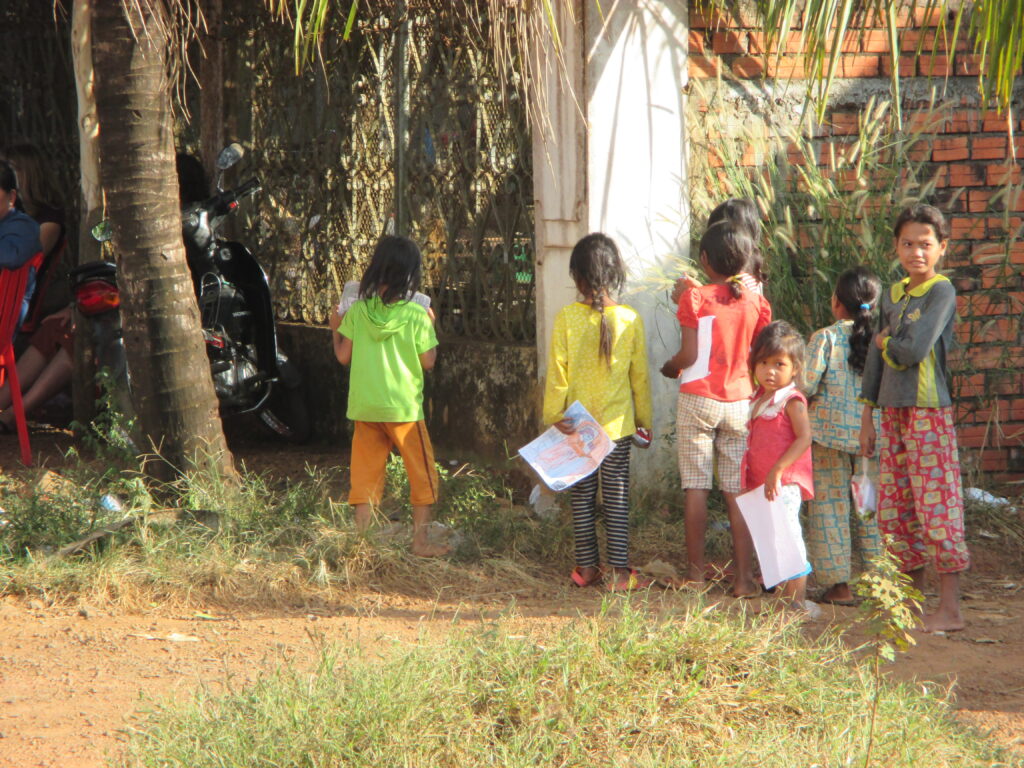
Our first stop is the most-visited tourist destination in Cambodia, by the commercial town Siam Reap, Angkor Wat. The town is filled with accommodation, restaurants and bars to serve the large number of travellers. The lights and music make this seem like a party town. I can’t help feel it should be a traditional, quiet place of worship, for those on a pilgrimage to the holy sites nearby. However, the behaviour around the areas closer to the temples seemed respectful, nevertheless.
Angkor Wat and the surrounding temples are a surreal landscape. Along the dusty trails, temple after temple is on display, some with statues in tribute of animals once found in the region (those were my favourites, predictably). And others with complex and detailed stone structures. A few temples had become entwined with the surrounding nature, the trees growing as one with the structures.


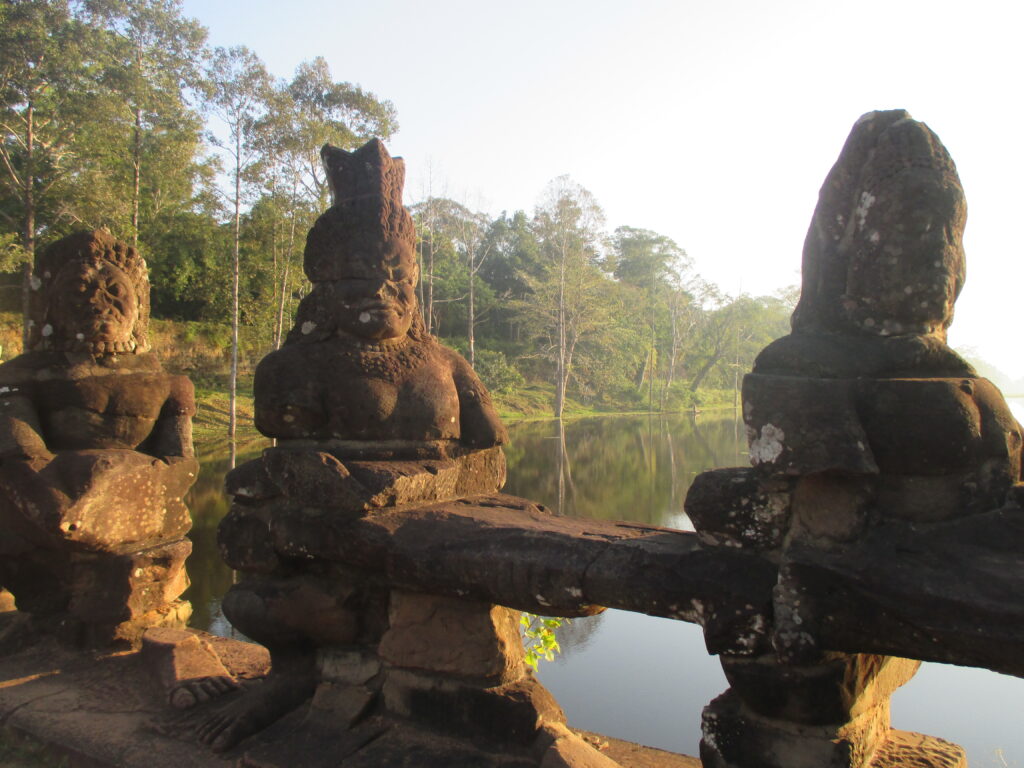
From Siam Reap, we headed to the capital, Phnom Penh. The highway across the centre of the country was the first signal of the poverty in the country, even compared to its neighbours. Almost the entire journey was a dirt road, without paving, so much so even that even on the bus our bags and clothing became covered in the brown-orange dust. And I have heard reports of multiple thefts on the streets of the capital. Although, again, all trouble bypassed me.
There are plenty of hostels in the city centre, and ours had friendly staff. Options for eating were plentiful, either from cafes, or street food. And it is a lively city to wander – in the busy streets, through the markets and under the impressive architecture – one of the most substantial being the Independence Monument. It is found near the centre of the city, symbolising the breakaway from France in 1953.

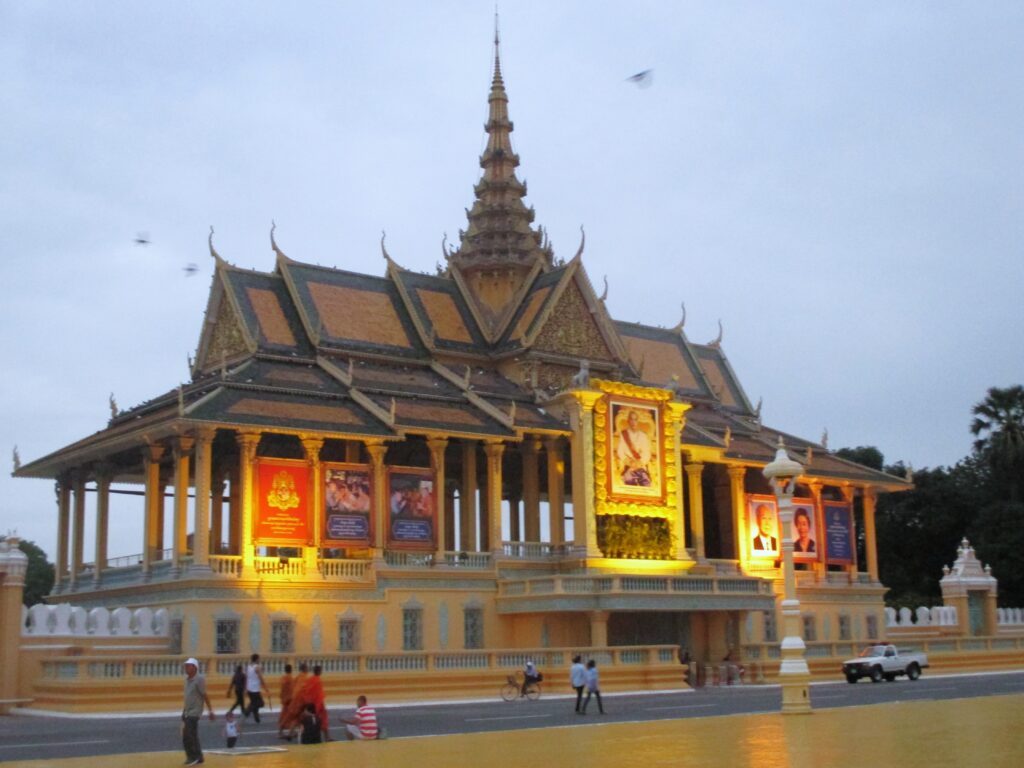
There is, tragically, a dark side to Cambodia’s history. Harsh illustrations of this can be witnessed at the Genocide Museum and the Killing Fields. Both chronicle the killing of over two million Cambodians, between 1975 and 1979, at the hands of Pol Pot and the Khmer Rouge. Places such as these are difficult to visit, considering the material within. Yet, they provide a memorial to all those affected, and serve as a reminder of the horrors perpetrated by humans against other.
The final stop in Cambodia took us to a much quieter part of the country – and a chance to appreciate the natural beauty. Kratie, on the banks of the massive Mekong River, is around five hours north of Phnom Penh. While the town centre is small, endless wooden houses line the streets outside of Kratie, with surrounding farmland and livestock. Most of these were built on stilts, presumably to protect from rains and flooding.
The reason for coming to Kratie was to get onto the river itself, on one of the boat tours to see some of the surviving wonders of the Mekong – river dolphins. It is reported that less than 100 remain. Here, though, two days in a row there were plenty of dolphins to be seen – albeit fleeting sightings as they came up for air while feeding.

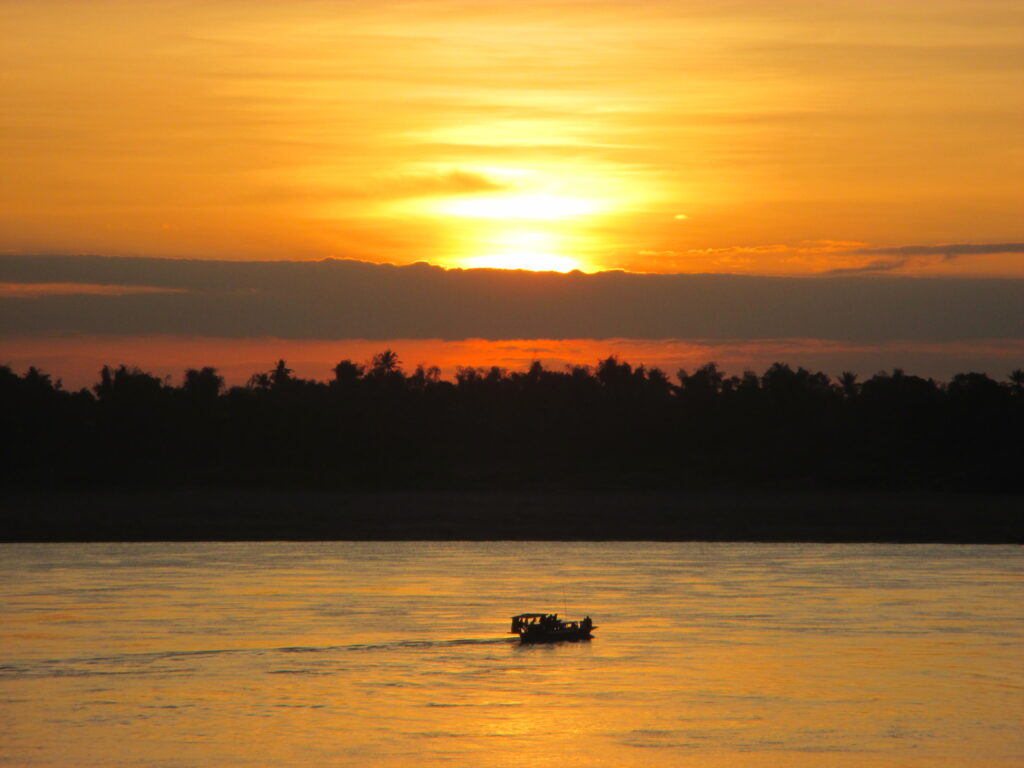

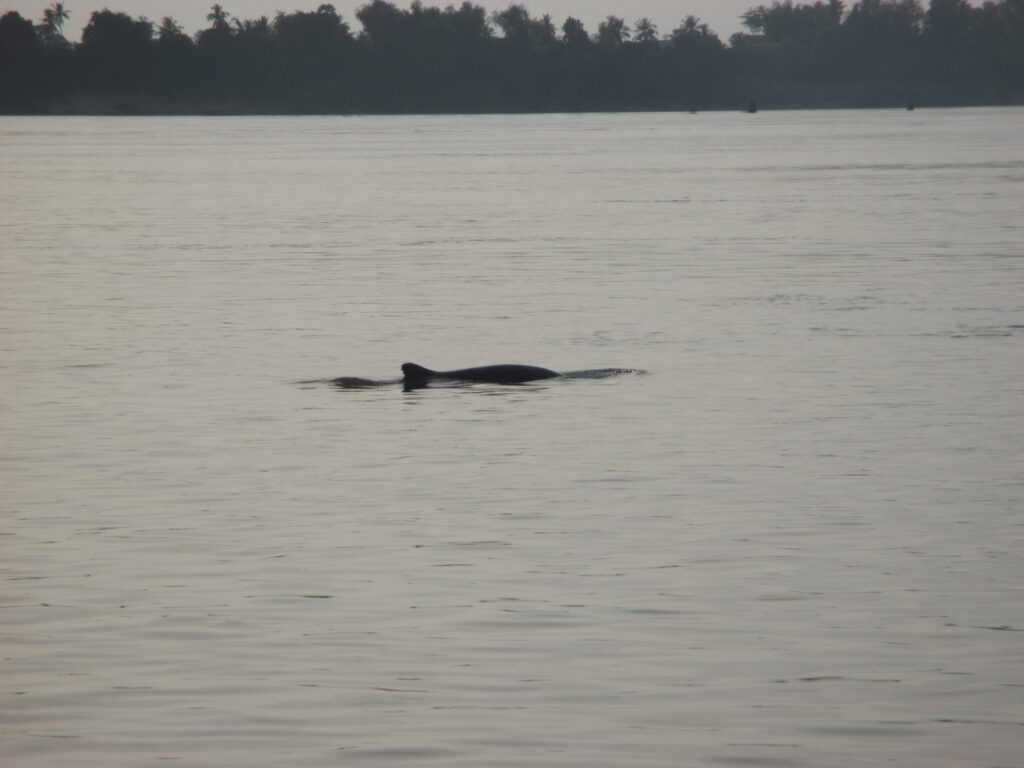
I feel my stay in Cambodia was too short, having had just shy of two weeks to explore. I managed to see a small variety of what the country has to offer. And despite its troubled past, it has plenty to offer the adventurous visitor. I hope to return one day, to experience more of the country.